
Date: 13 September 2023
White haze is a phenomenon that has been around as long as glass tempering itself. But tracking down the cause can be extremely challenging. Moreover, it takes a lot of experience to manually identify the severity of the issue. At least, that’s how it was until a solution for detecting white haze was developed recently.
White haze can be defined as foggy areas or repetitive stripes on the surface of tempered glass. Until now, it has been a phenomenon with no official standards.
If you are questioning why white haze is peculiar to the tempering process, the answer is simple. Heat expansion causes the glass to bow. And when it bows, the surface stress is focused in certain areas. After tempering, these areas can then react with dust or chemicals to show as haze on the surface.
The most challenging issue
White haze is probably the most difficult quality issue to solve in tempering. It has multiple potential root causes. Plus, it is difficult to detect consistently, often only detected at the final installation location.
But what makes the phenomenon even more challenging is that there hasn’t been a solution to reliably measure and grade it. After all, not all white haze is considered a problem by the industry.
Until now, identifying and determining the strength of observed white haze has relied purely on subjective visual evaluation. And if you cannot reliably measure something, it makes fixing the issue much harder.
Combining process experience with AI
An advanced scanner has been developed recently to address this challenge. The development combines expertise in the tempering process with AI-powered scanning technology for optical glass quality. The goal was to develop a viable solution capable of accurately detecting – and quantifying – white haze.
The rigorous development process proved that white haze on tempered glass can indeed be automatically and reliably detected. Based on a neural network and thousands of annotated images of white haze, the system has learned to detect the location of white haze on glass and determine the strength of the phenomenon.
The novel tool brings much-needed automation to the challenges posed by the phenomenon and improves the cost-efficiency of tempered glass production. It unquestionably marks a significant advancement for the entire glass industry.
For more detailed insights into the development and functionality of this groundbreaking solution, check out the following presentation.
 600450
600450


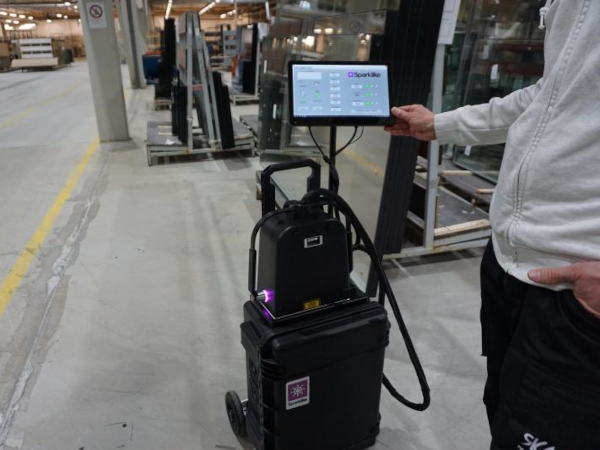
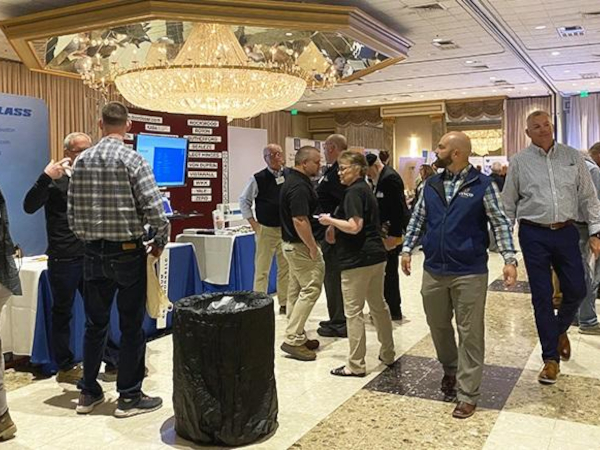

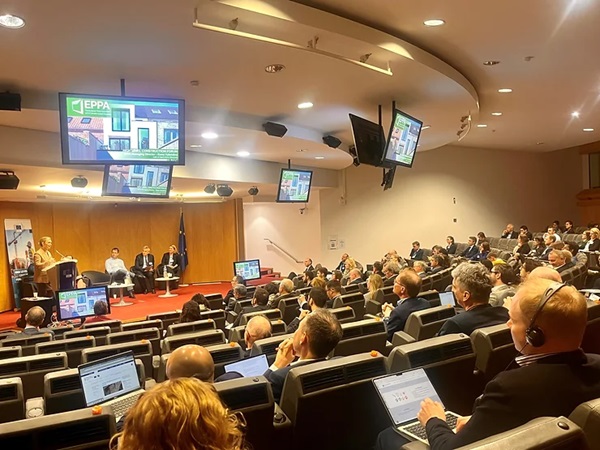
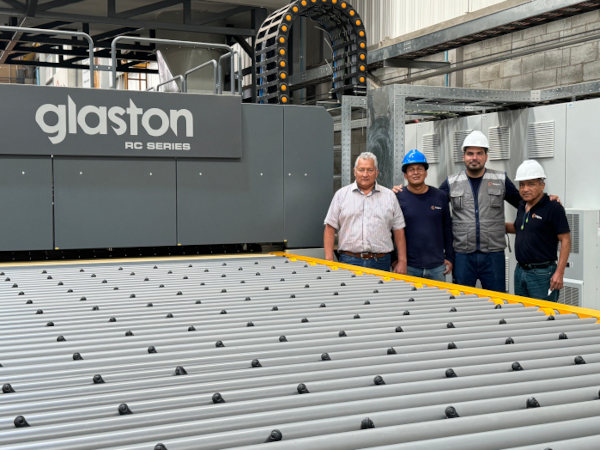
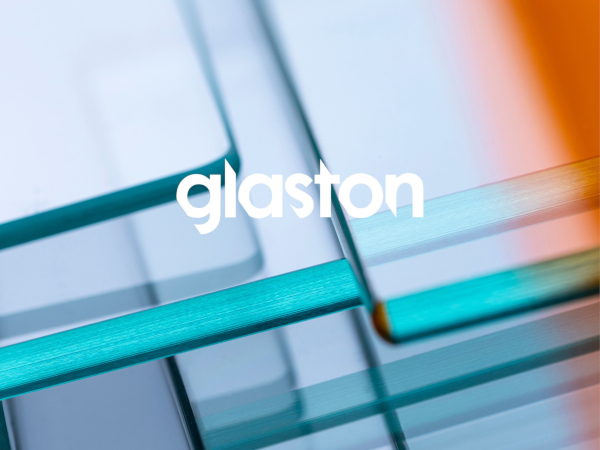









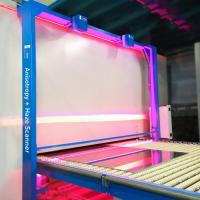
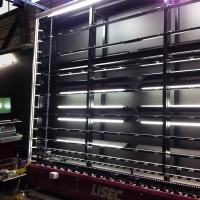

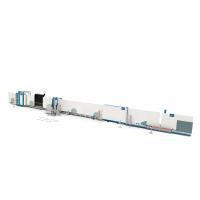
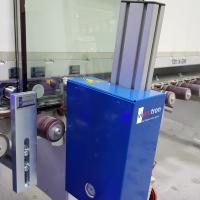
Add new comment